Blog & Latest Updates
Fly Fishing Articles
Insects by Common Name


Troutnut.com User ReAlizm
| Biography & Thoughts | I'm a college student from Missouri fascinated with tying my own realistic trout flies. I came across this site when looking for close up images of mayflies, caddisflies, and stoneflies. I couldn't find any other website that had better information than troutnut.com. |
Send ReAlizm a Private Message
To do this you have to log in at the top of the page. If you haven't registered yet, it's this easy:Latest Posts By ReAlizm
| Title | Replies | Last Reply |
| Re: wtf In Amphipoda Scud Adult by Trouthater | 3 | Mar 18, 2009 by Sandfly |
| midwest as well? In Amphipoda Scud Adult by ReAlizm | 1 | Mar 6, 2009 by CharlieSawd |
ReAlizm's Favorite Troutnut.com Pictures
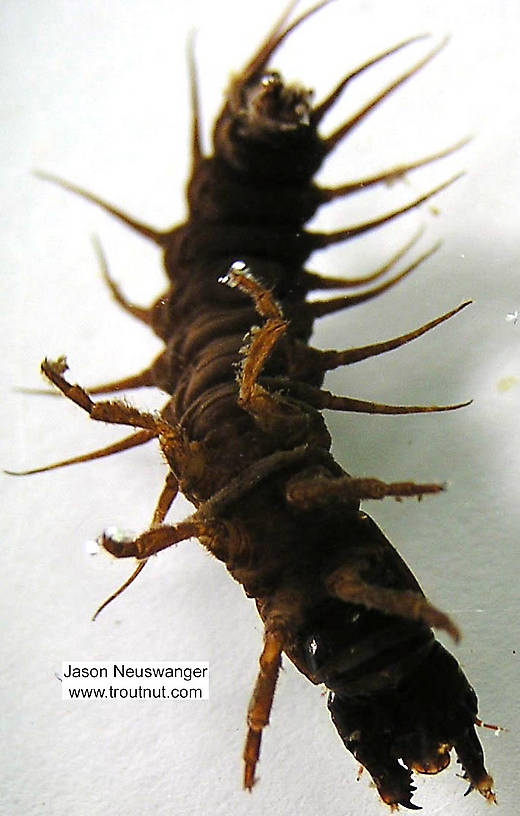
AuthorTroutnut
CameraOlympus C740UZ
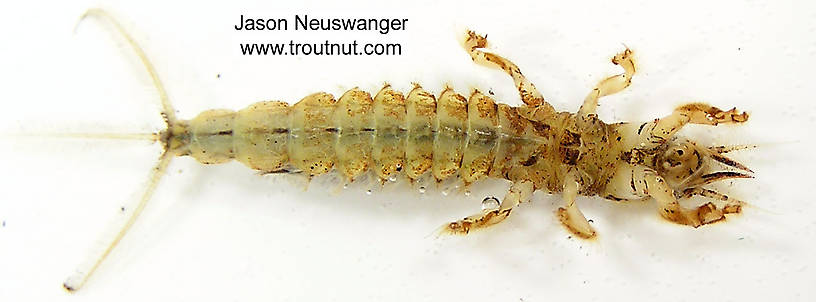
AuthorTroutnut
CameraOlympus C740UZ
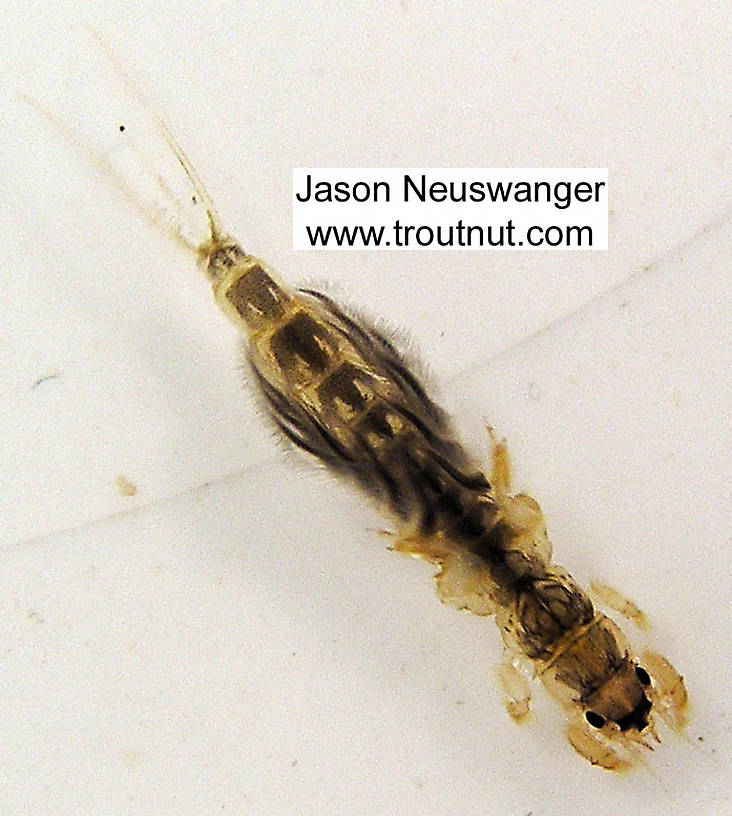
AuthorTroutnut
CameraOlympus C740UZ
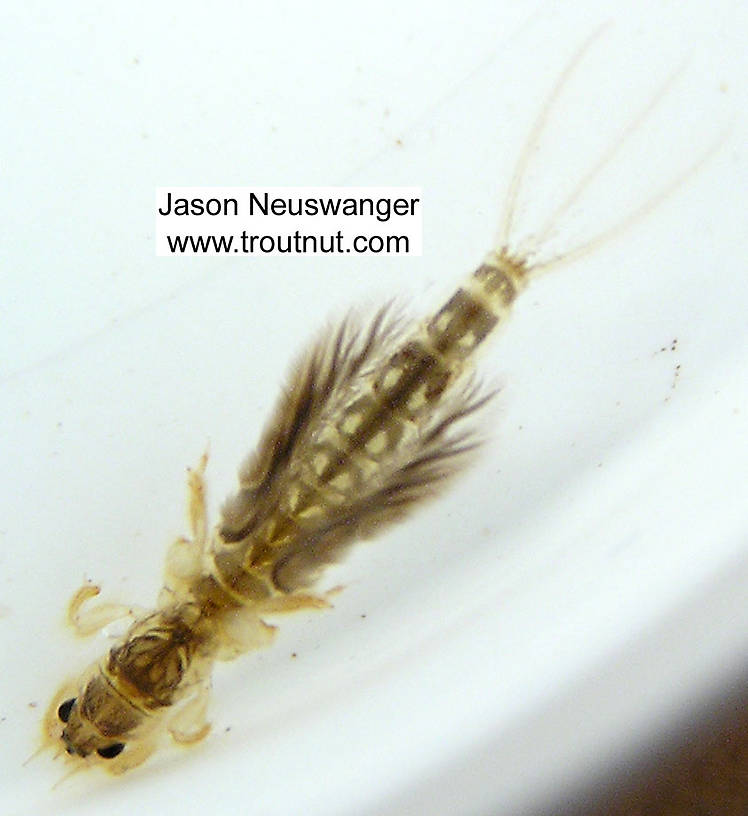
This particular picture is slightly blurry because the nymph is swimming, but it shows an important characteristic of Hexagenia nymphs which is potentially important to fly tiers and is evident in the videos as well: Hexagenia nymphs hold their gills splayed almost straight out to the side while they're swimming, while Ephemera nymphs keep their gills closer to vertical. The difference is such that when I'm looking through my tub of critters from the stream trying to pick out which things to photograph, I can tell the two genera apart more easily by looking at their profile as they swim than by looking at their abdominal markings or frontal prominence. The angle of the gills in the swimming nymphs is probably one of the most noticeable differences between these genera from the trout's perspective.
Hexagenia limbata (Hex) Mayfly Nymph from unknown in Wisconsin
Hexagenia limbata (Hex) Mayfly Nymph from unknown in Wisconsin
AuthorTroutnut
CameraOlympus C740UZ

AuthorTroutnut
CameraOlympus C740UZ
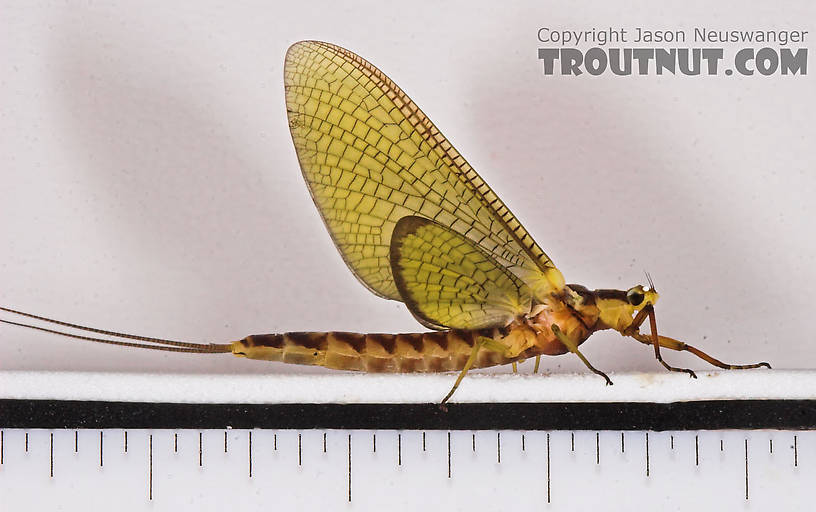
AuthorTroutnut
CameraCanon EOS 20D
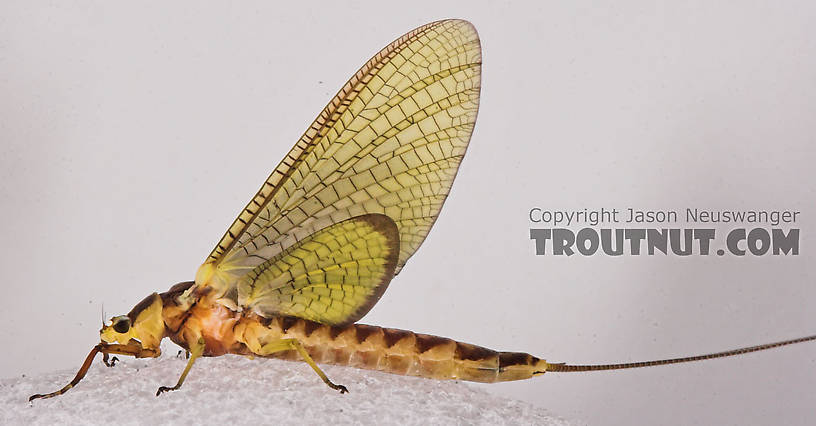
AuthorTroutnut
CameraCanon EOS 20D
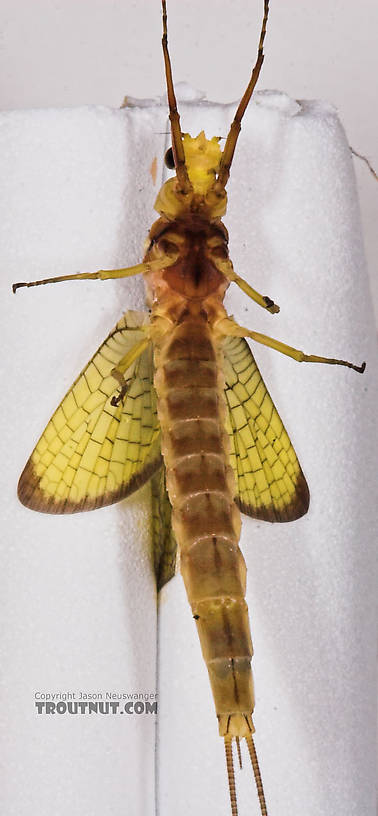
AuthorTroutnut
CameraCanon EOS 20D
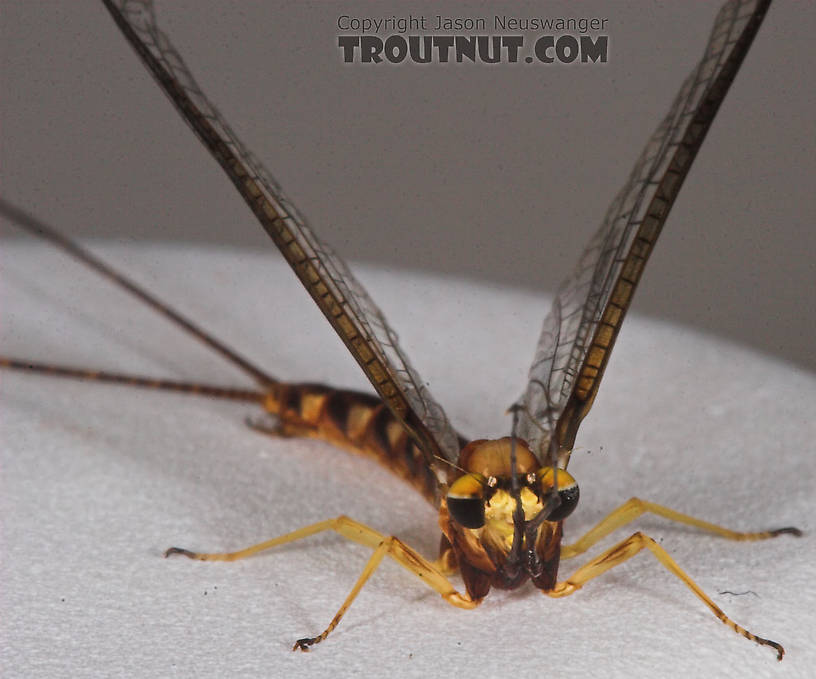
AuthorTroutnut
CameraCanon EOS 20D

AuthorTroutnut
CameraCanon EOS 20D
Troutnut.com is copyright © 2004-2024 Jason
Neuswanger (email Jason). See my FAQ for information about use of my images.
 privacy policy
privacy policy
